Takenoko Menma is a perfect choice if you want an easy way to prepare menma—a familiar topping for Japanese ramen—or to enjoy bamboo shoots as a side dish or snack. Enjoy its crunchy texture and addictive flavor.
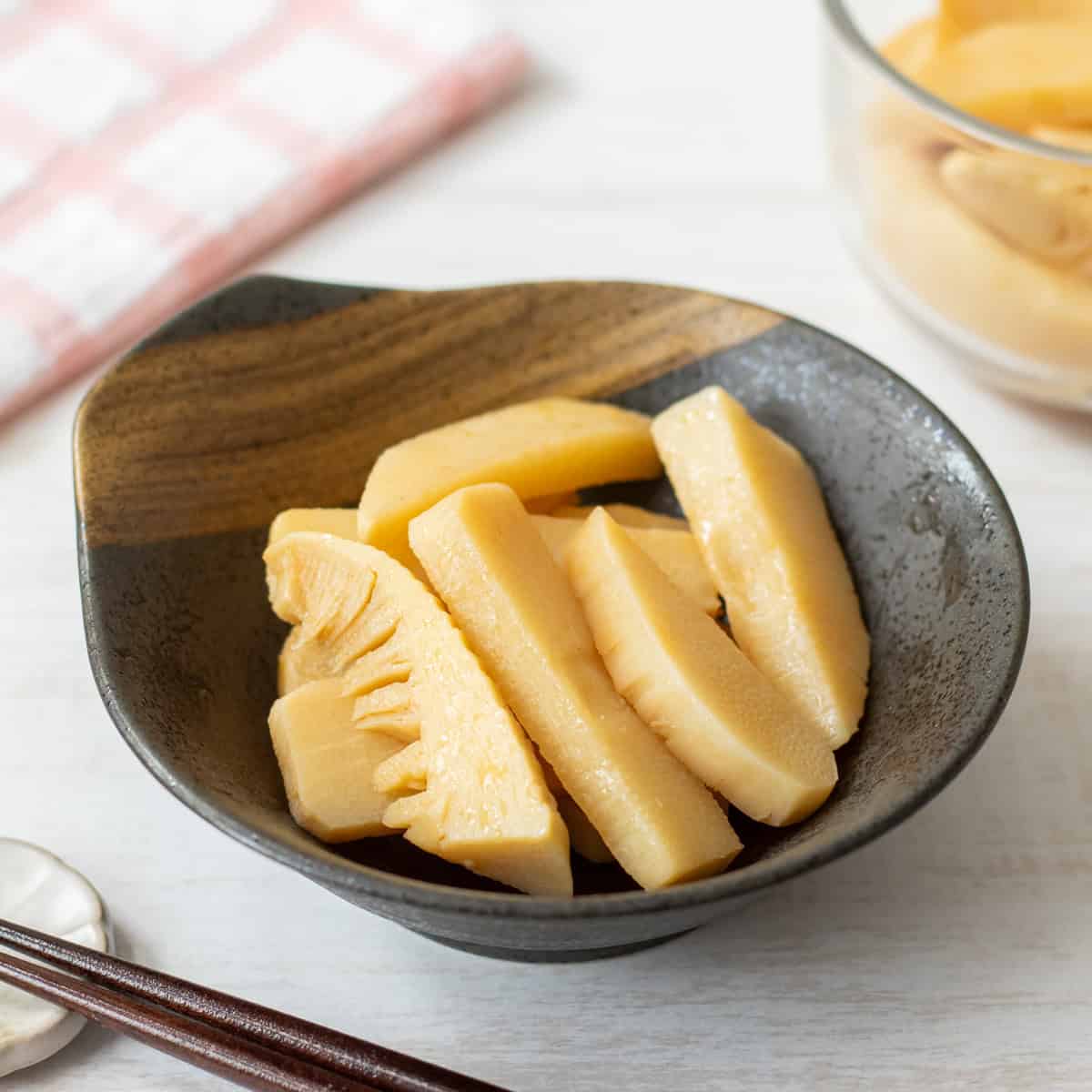
Jump to:
What is Takenoko Menma?
Takenoko Menma is a Japanese delicacy made by simmering bamboo shoots in a seasoned liquid. "Takenoko" means bamboo shoots in Japanese.
While "Menma" is known as a popular topping for Japanese ramen, it actually originated in Taiwan and is a processed food made from the young shoots of Dendrocalamus latiflorus, a type of bamboo known as "machiku" in Japan. It came to be called "menma" because it is served with noodles ("men") in ramen; the name is a combination of the two words.
Making authentic menma requires considerable effort and time. After fresh bamboo shoots are boiled or steamed, they need to undergo fermentation and drying. Additionally, authentic menma must be made from young shoots of Dendrocalamus latiflorus, as their natural fermentation gives them a distinct sweet and tangy flavor, along with a unique texture.
Dendrocalamus latiflorus is primarily found in Taiwan, southern China, Myanmar, and Vietnam, and is rarely found growing naturally in Japan. Moreover, Japanese bamboo doesn't ferment naturally, so authentic menma is rarely produced in Japan. For this reason, most menma is imported from Taiwan and China.
Instead, a dish enjoyed in Japanese households is "Takenoko Menma." It uses regular bamboo shoots instead of Dendrocalamus latiflorus, and the fermentation and drying processes are omitted. While the flavor and texture may differ from the authentic menma typically found in Japanese ramen shops, it still offers a rich taste and satisfying crunch.
You can enjoy this delicacy as a side dish, snack, or, of course, as a topping for ramen. The combination of the bamboo shoots’ natural flavor and rich seasoning creates an irresistible taste experience.
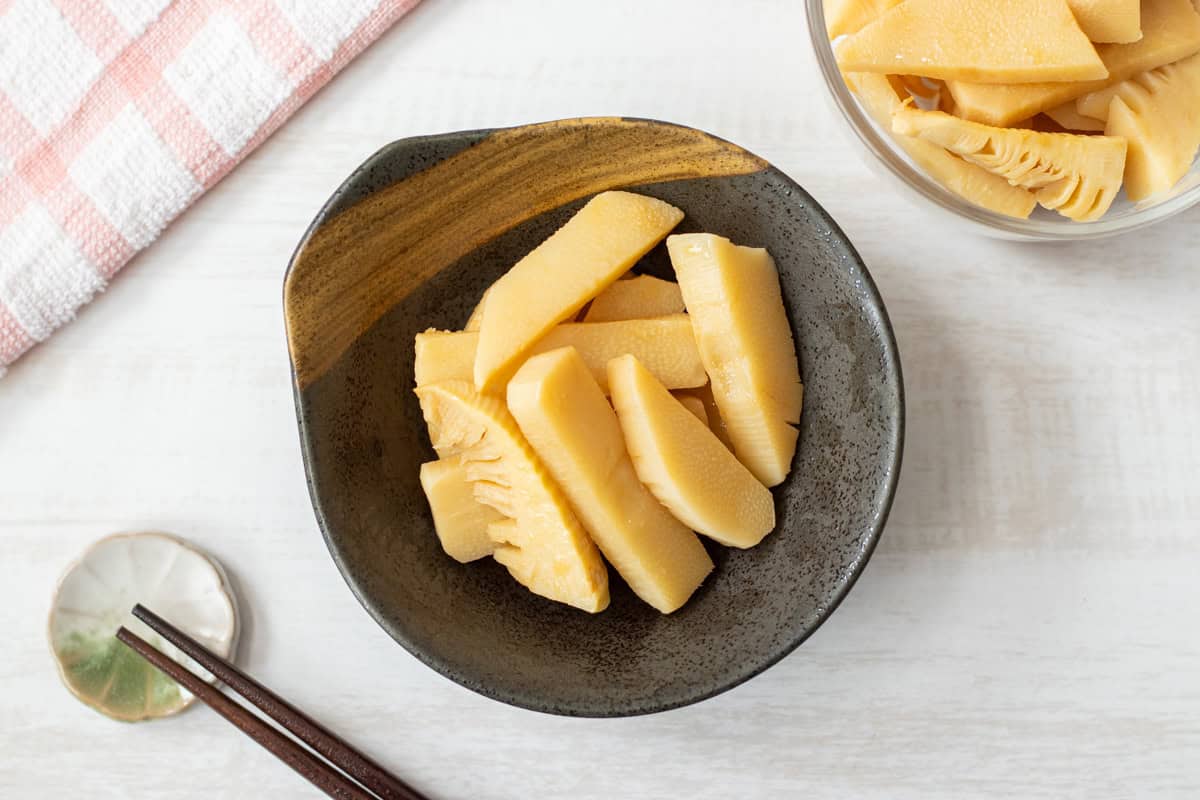
Using packaged bamboo shoots for easy preparation
Takenoko menma is a popular dish in Japan, especially in spring when bamboo shoots are in season.
This dish uses regular bamboo shoots instead of young shoots of Dendrocalamus latiflorus. That said, obtaining fresh bamboo shoots themselves can be difficult depending on where you live. The reason is that bamboo shoots tend to develop a strong bitter taste as time passes after harvest. Once they become bitter, they are considered inedible, which makes them hard to find in regions where bamboo shoots don't grow naturally.
This is where packaged bamboo shoots come in handy. These bamboo shoots are pre-boiled to remove any bitterness and are available year-round. You can find them either in the refrigerated or canned goods aisle of your local Asian market.
While they have less flavor than fresh bamboo shoots, they are suitable for making richly seasoned takenoko menma, and there is no need to worry about bitterness. Let's make takenoko menma easily at home!
How to cut bamboo shoots for the best texture
Before cooking this dish, there is something important to note about bamboo shoots: their texture varies depending on the part. The upper portion tends to be softer, while the lower portion is tougher. Therefore, you should pay attention to how you cut them.
For the upper section, it is best to cut them along the fibers. By not cutting through the fibers, you can better enjoy their crisp, tender texture.
On the other hand, for the middle to bottom section, it is recommended to slice them against the fibers. This allows you to enjoy the texture of bamboo shoots while retaining their pleasant firmness.
By the way, you might find white clumps attached to your bamboo shoots after cutting them; these are crystallized tyrosine, a natural umami component of bamboo shoots. You can eat them as they are, but if you are concerned about their appearance or texture, feel free to remove them.
Additionally, the black spots on bamboo shoots are natural pigments. They are also safe to eat.
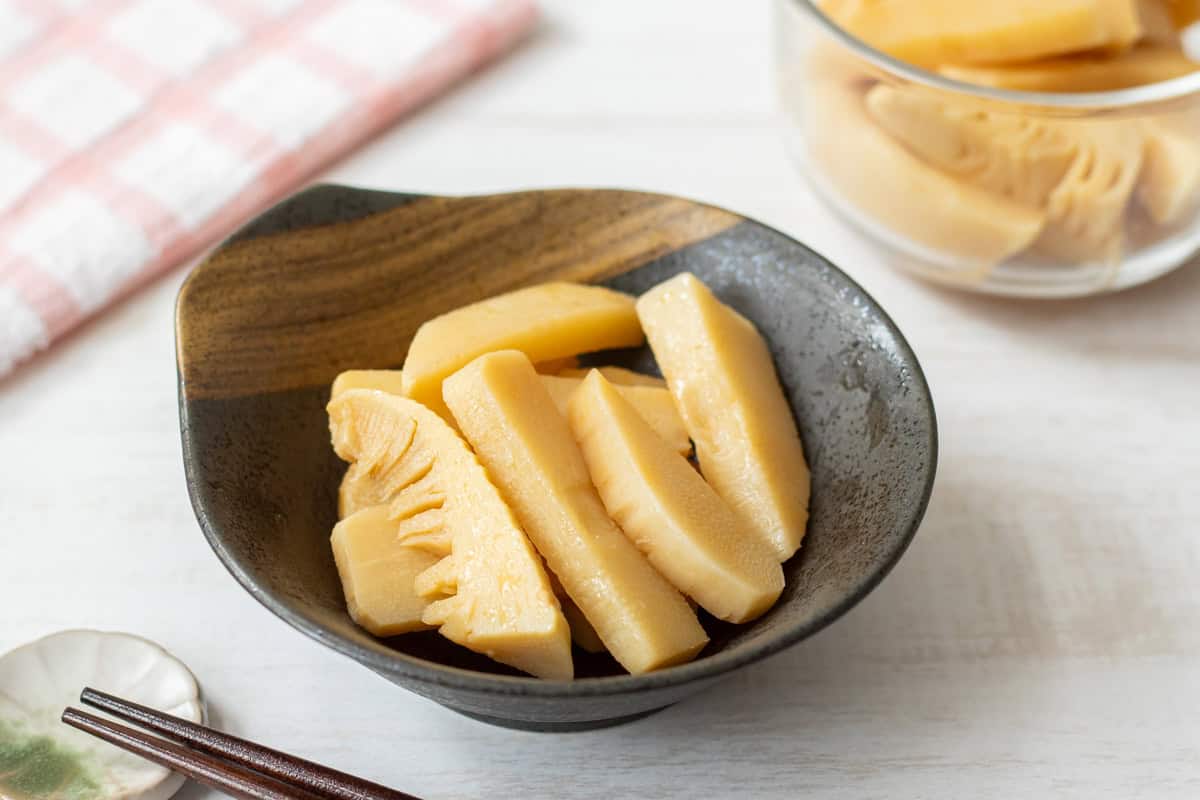
📋Step-by-step recipe
Ingredients
Seasonings:
- ½ cup chicken stock
- 2 tsp sake
- 2 tsp mirin
- 2 tsp soy sauce
Instructions
🕒 Total: 3 hrs 50 mins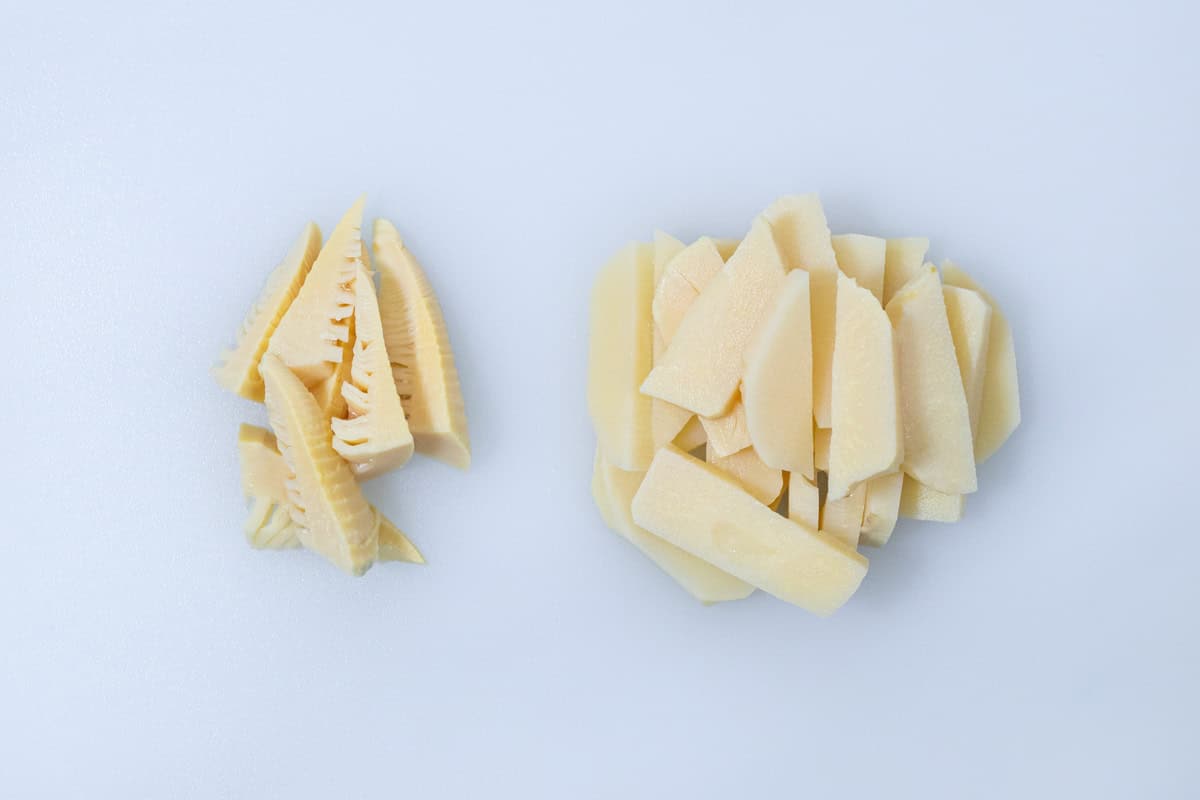
Step 1
Cut the bamboo shoots into bite-sized wedges along the fibers for the upper part. For the bottom to middle part, slice them into rectangular pieces against the fibers, each about ¼ inch (6 mm) thick.
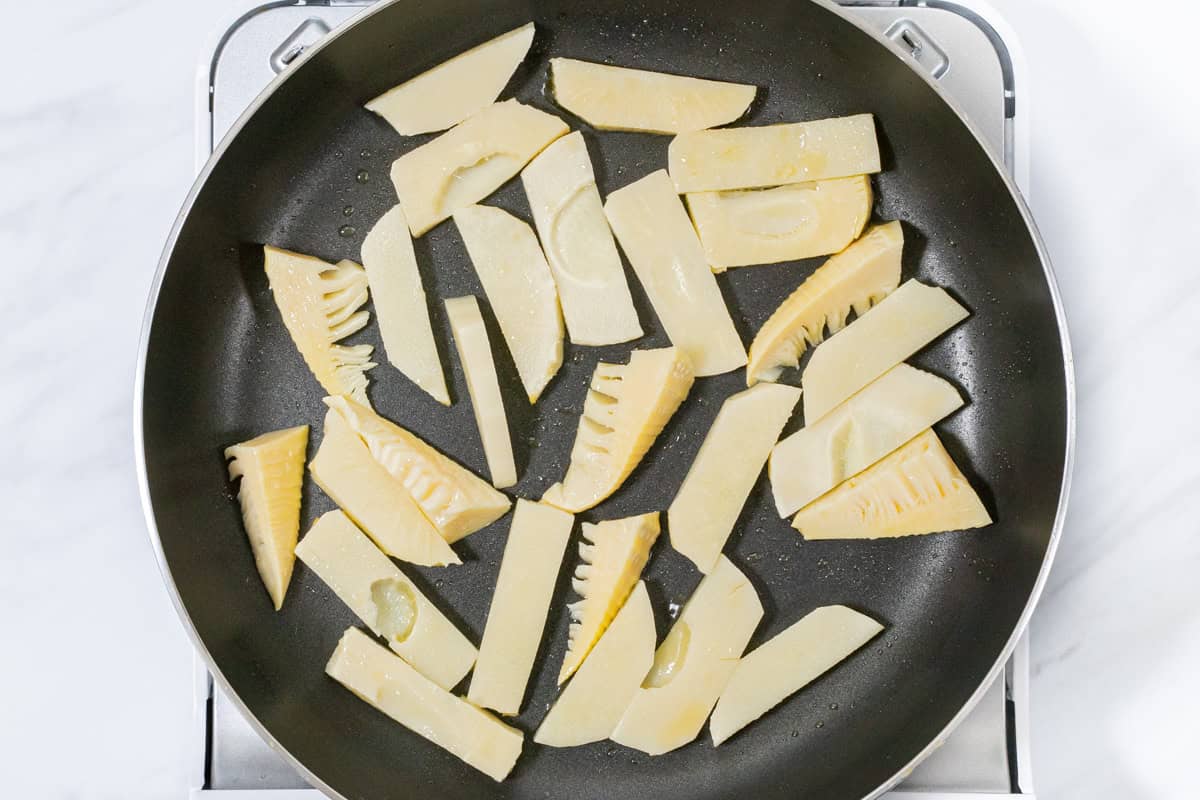
Step 2
Heat sesame oil in a pan and lightly sauté the bamboo shoots over medium heat until they are evenly coated with oil.
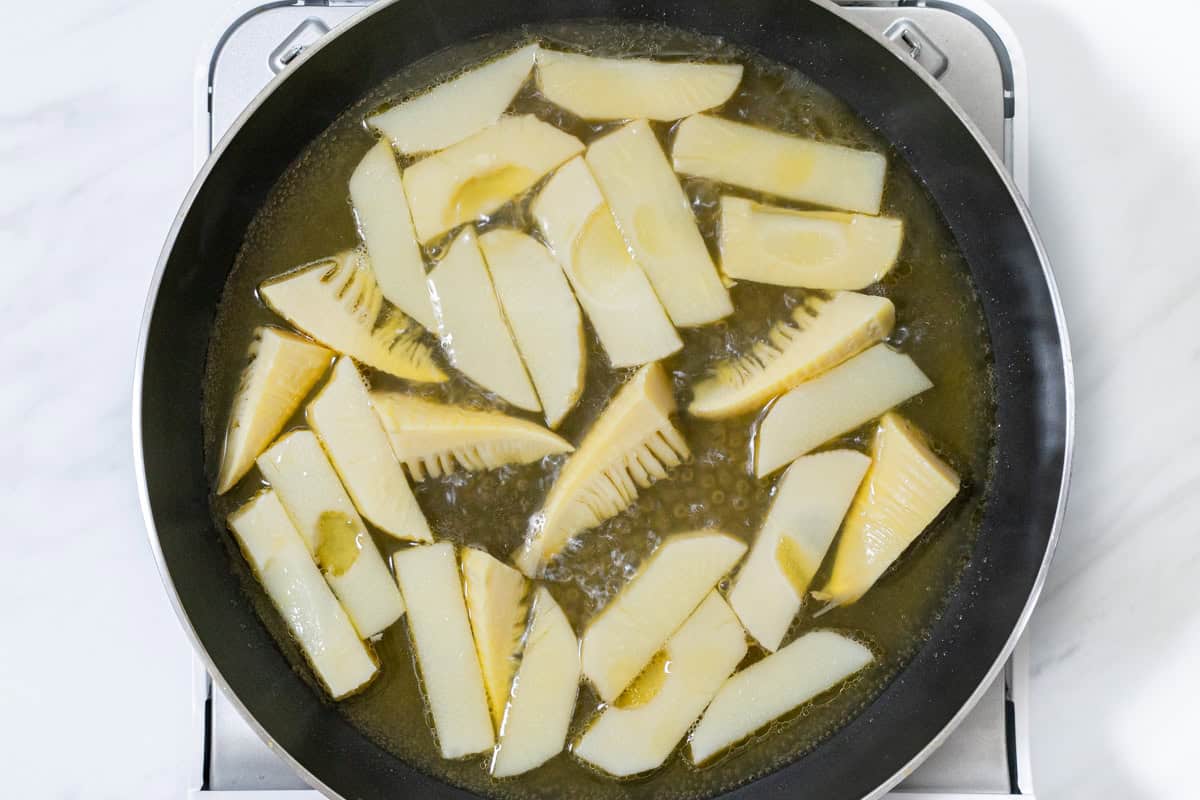
Step 3
Add the seasonings (chicken stock, sake, mirin, and soy sauce) to the pan and bring it to a boil. Once boiling, reduce the heat to medium-low and let it simmer, turning the bamboo shoots halfway through, until most of the liquid is absorbed.
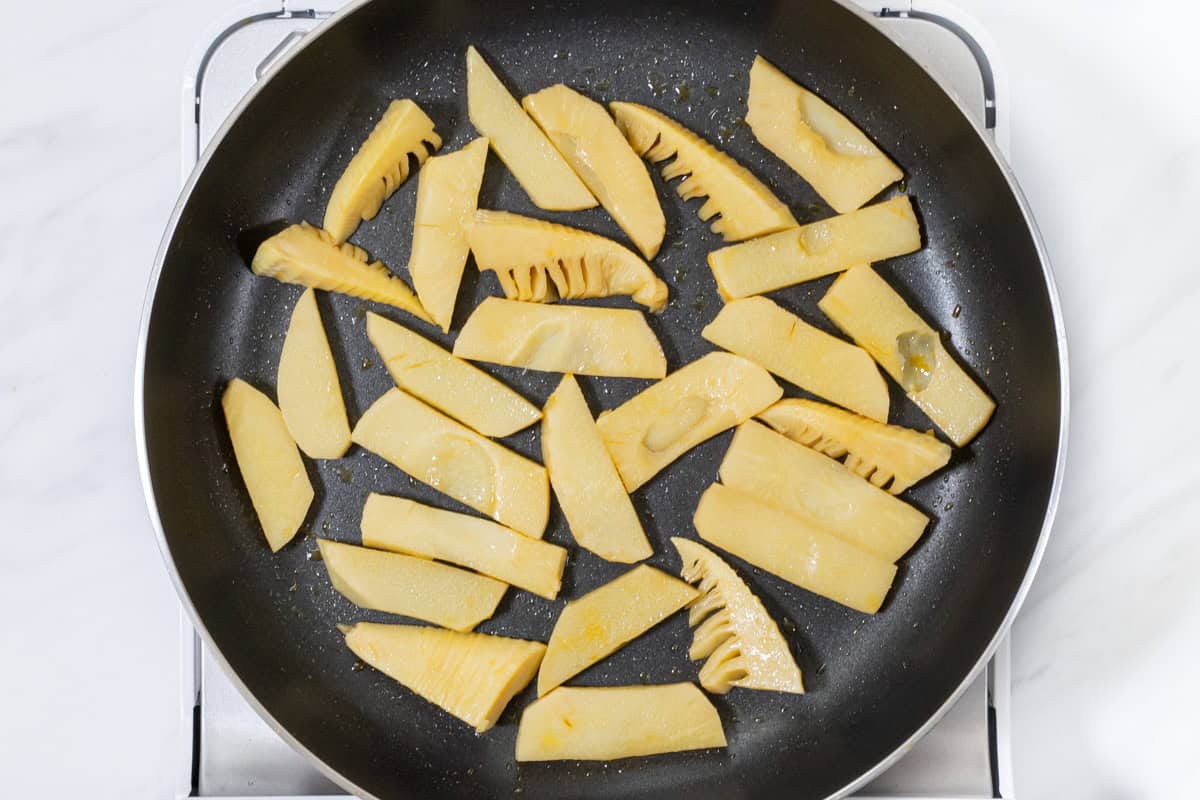
Step 4
Drizzle la-yu over the bamboo shoots and briefly stir-fry everything together.
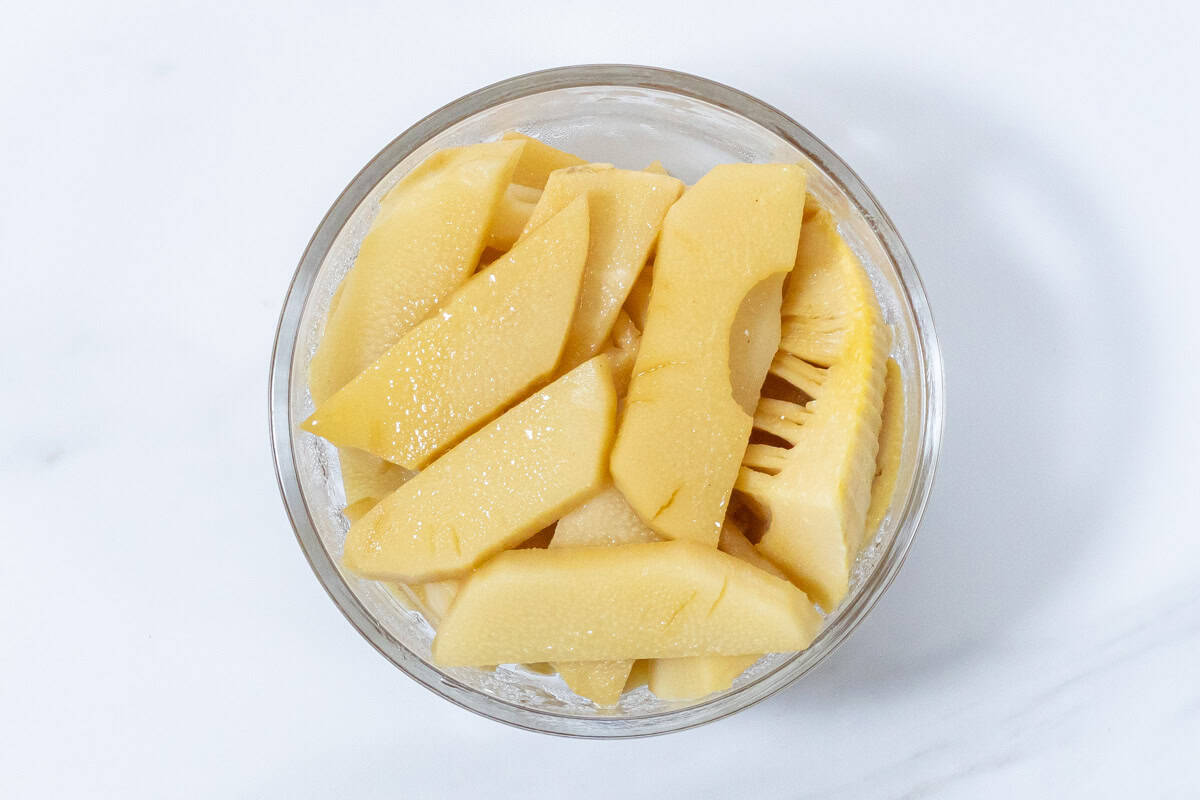
Step 5
Place the bamboo shoots in a bowl and let them cool to room temperature. After that, refrigerate for at least 3 hours.
To store
You can store it in the refrigerator for up to 3 days.
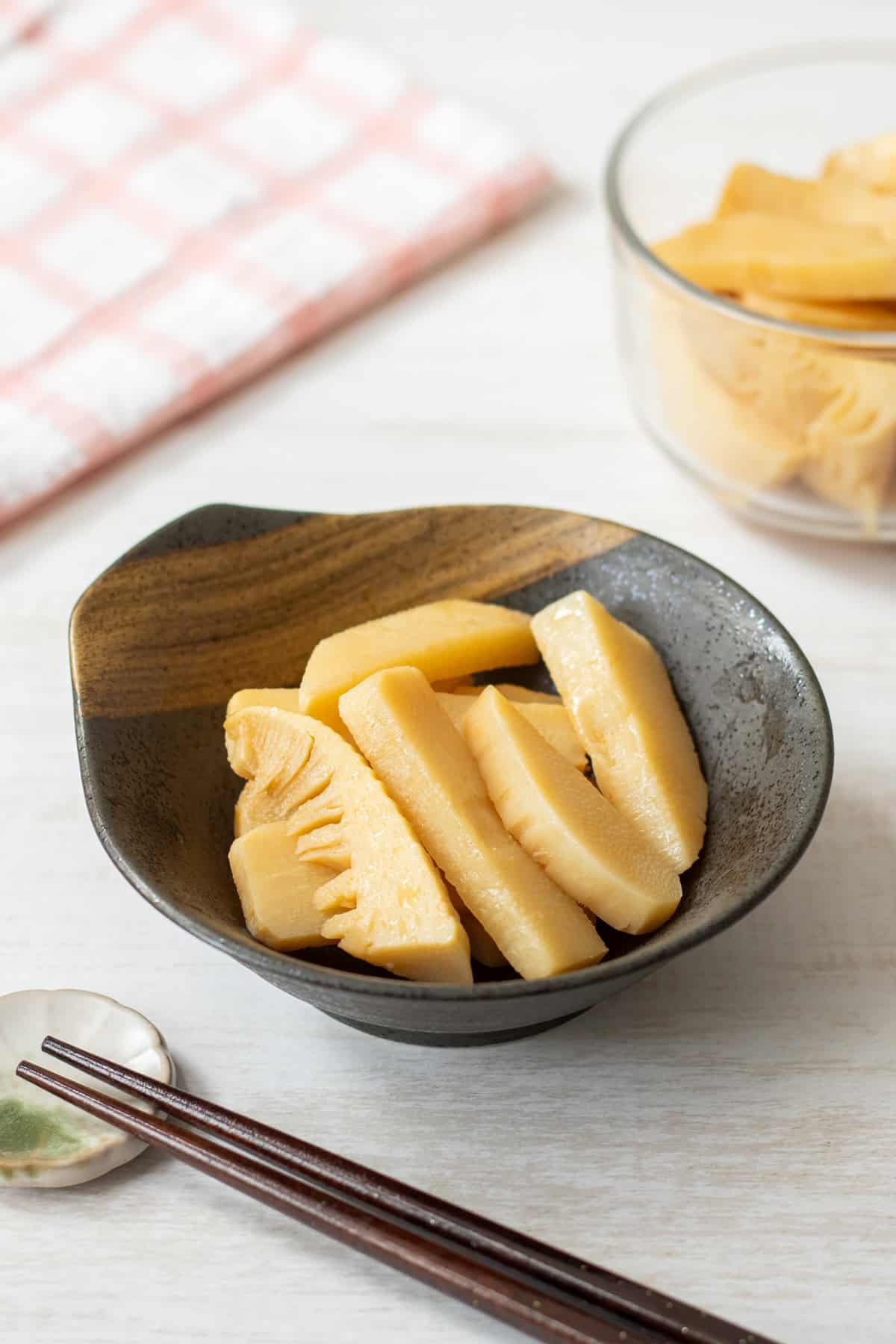
If you try this recipe, I’d love to hear what you think. Please consider leaving a review and star rating in the comments below. If you enjoyed it, I’d really appreciate it if you shared it with your friends.
Another bamboo shoot recipe you'll love
Recipe card

Takenoko Menma (Seasoned Bamboo Shoots)
Ingredients
Seasonings:
- ½ cup chicken stock
- 2 tsp sake
- 2 tsp mirin
- 2 tsp soy sauce
Instructions
- Cut the bamboo shoots into bite-sized wedges along the fibers for the upper part. For the bottom to middle part, slice them into rectangular pieces against the fibers, each about ¼ inch (6 mm) thick.
- Heat sesame oil in a pan and lightly sauté the bamboo shoots over medium heat until they are evenly coated with oil.
- Add the seasonings (chicken stock, sake, mirin, and soy sauce) to the pan and bring it to a boil. Once boiling, reduce the heat to medium-low and let it simmer, turning the bamboo shoots halfway through, until most of the liquid is absorbed.
- Drizzle la-yu over the bamboo shoots and briefly stir-fry everything together.
- Place the bamboo shoots in a bowl and let them cool to room temperature. After that, refrigerate for at least 3 hours.
Notes
- You can store it in the refrigerator for up to 3 days.

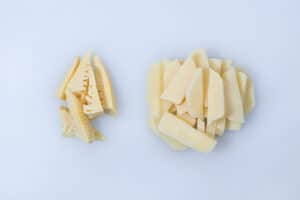

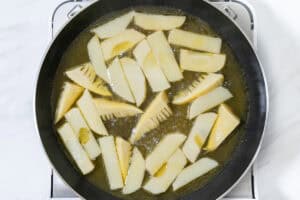
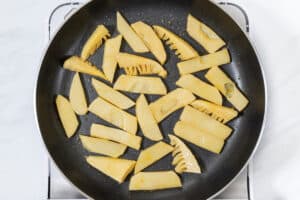
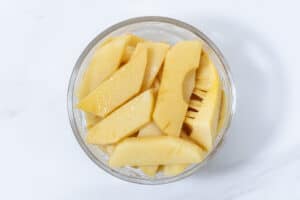
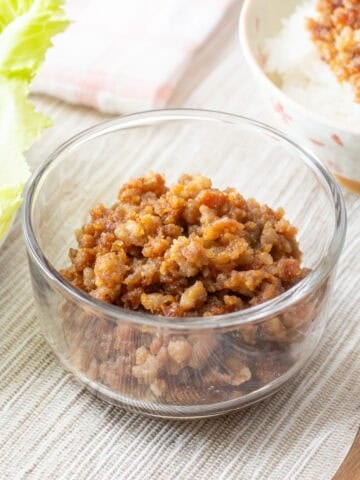
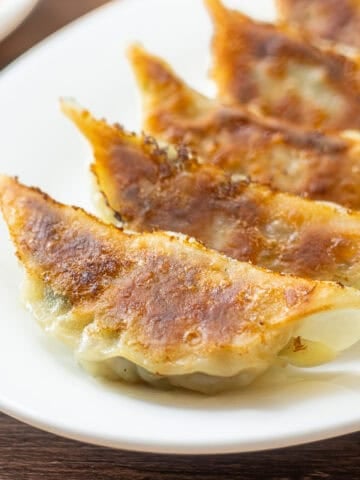
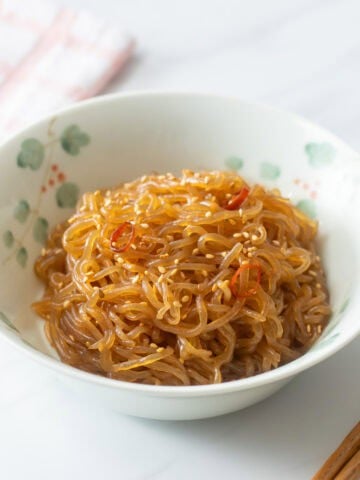
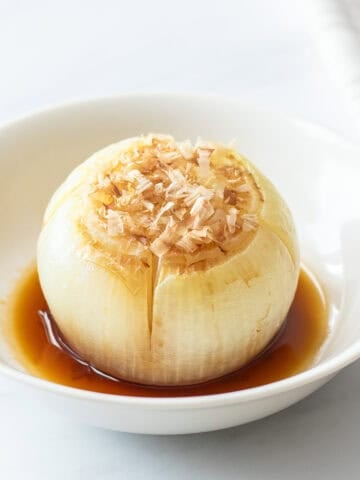
Leave a Rating and a Comment